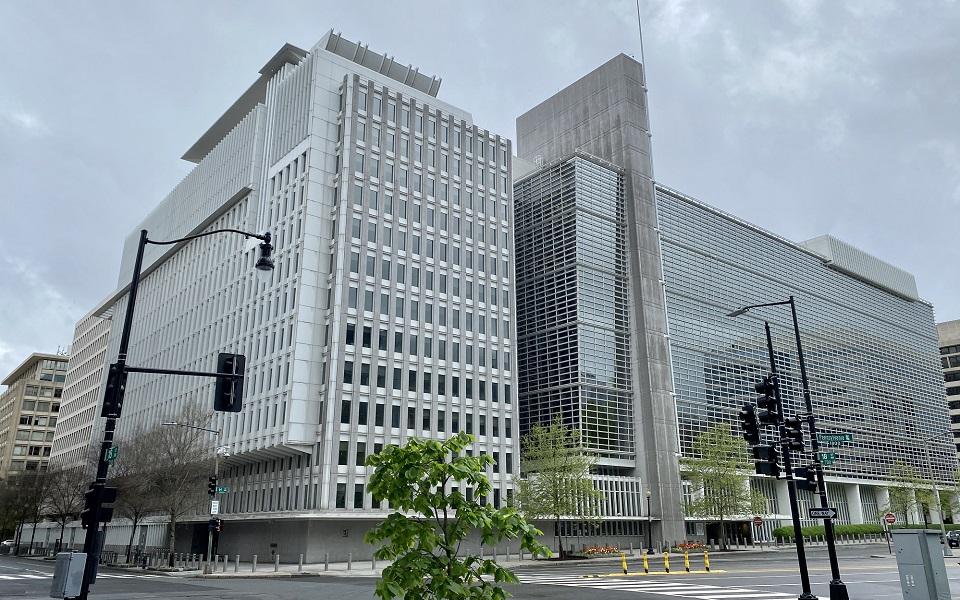Philippine firms see revenue drop, shut downs amid COVID-19 crisis —World Bank survey

The COVID-19 pandemic has brought adverse impact on businesses in the Philippines such as double-digit decline in revenues and temporary and permanent closures, which compelled many firms to let go of their workers or reduce their wages, results of a survey conducted by the World Bank showed.
The World Bank’s Philippines COVID-19 Firm Survey conducted from July 7 to 14, showed that of the 74,031 firms reported a “deep reduction in sales revenue” despite the easing of community quarantine in June.
“Reported sales revenue has gone down by 64% on average between April and July 2020, with 89% of firms reporting a continued reduction in sales,” the multilateral lender said.
The 64% revenue drop from April to July is on top of the 65% loss experienced by firms in March 2020 compared to February 2020, “with 75% of firms reporting reduction in sales.
The Philippine economy was in a standstill during the latter part of the first quarter due to the implementation of strict quarantine measures — enhanced community quarantine (ECQ) in Metro Manila and other high-risk areas from March 17 to May 15, followed by a modified enhanced community quarantine (MECQ) until May 31.
Looser restrictions were then implemented under the general community quarantine (GCQ) starting June 1. Metro Manila and four other nearby provinces, however, were reverted to the stricter MECQ from August 4 until August 18.
With the lockdowns, the World Bank survey found that 40% of firms reported temporary suspension of their operations —20% by government mandate and 20% voluntarily.
Meanwhile, about 15% of firms reported to have closed permanently.
“This indicates that COVID-19 community quarantine measures had a significant temporary and permanent impact on firms’ operations,” the World Bank said.
The lender said the negative impact of the COVID-19 pandemic is also extensive as one out of two firms reported to have reduced payments to employees, while close to half or 48% said they have narrowed the number of their employees.
“The rest maintained the level of employment with only 1% reporting new employment,” the World Bank said.
The Philippines’ unemployment rate clocked in at 10% in July, equivalent to 4.6 million adult Filipinos without jobs. This is a slight improvement from the record-high 17.7% unemployment rate in April, equivalent to 7.3 unemployed adults.
“Firms expressed a high degree of uncertainty and general pessimism about their operations, sales and employees for the next three months,” the World Bank said.
“Such lack of confidence will likely limit additional investment and employment, restraining firms’ growth. These suggest that business activities are expected to stay subdued for an extended period,” it said.
Similarly, results of the Bangko Sentral ng Pilipinas’ Business Expectations Survey showed that the business sector’s sentiment on the economy fell to its worst since 2009 at a confidence index of -5.3% for the third quarter.
The World Bank also noted that almost two thirds of firms turned to digital solutions for sales, marketing, and payment methods to adapt to the “new normal.”
“A sizable share of firms also invested in digital solutions (23%) or repackaged their product mix (40%),” it said
Philippine firms, likewise, said the most useful form of government support are those that would improve their liquidity, such as cash transfers, subsidized interest rates, deferral of loan, rent, or utility payments, and tax exemptions or reductions.
“These are aligned with the government’s proposed legislative interventions to reduce the corporate income tax rates and improve the liquidity in the financial sector,” the World Bank said.
“About one out of five firms received support from the national or local government, mainly in the form of cash transfers directly paid to employees,” it said.
The World Bank said it conducted the survey in collaboration with the Department of Finance (DOF) and National Economic Development Authority (NEDA).
The survey was aimed to assess the various channels of impact of the pandemic on firms, their adjustment strategies, and public policy responses, according to the lender.—AOL, GMA News




